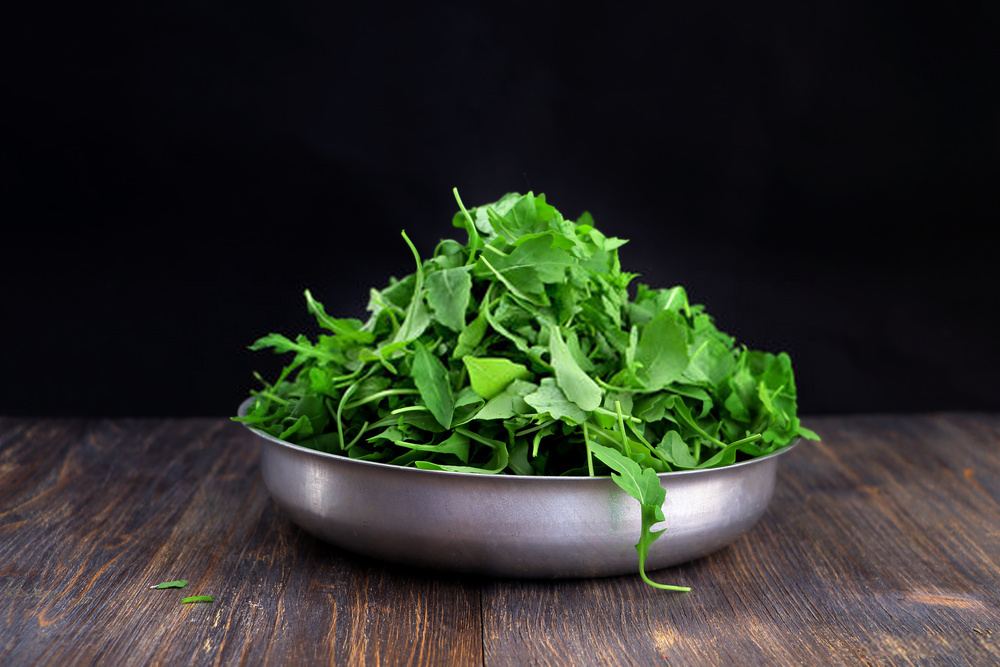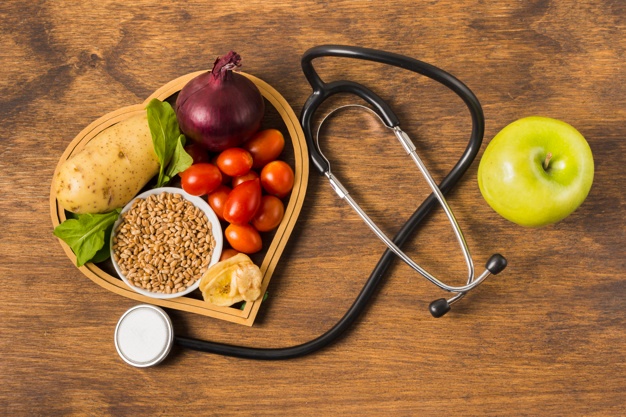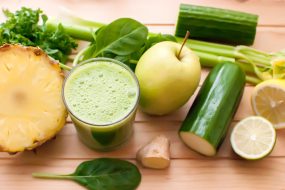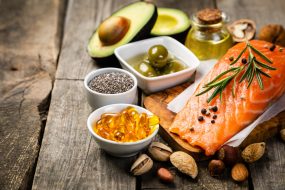
Arugula has become something of a rock star in the world of salad and like all good rock stars, it has surrounded itself with controversy to create mystique and keep the publicity coming
“© GreenMedInfo LLC. The work below is reproduced and distributed with the permission of GreenMedInfo LLC. Want to learn more from GreenMedInfo? Sign up for the newsletter here www.greenmedinfo.com/greenmed/newsletter.”
The original article link:
https://www.greenmedinfo.com/blog/arugula-rocks-your-nutrition-world
In 2006, arugula became a symbol for the entire foodie movement with the publication of David Kamp’s book, “The United States of Arugula: How we became a gourmet nation.” In his book, Kamp explores how we evolved to a society where balsamic vinegar, pasta, free-range chicken, extra virgin olive oil and of course, arugula, have become mainstream terms.
However, in 2008, arugula lost some of its luster when it became embroiled in political controversy. Unwittingly, arugula became a symbol of the culture wars in the presidential election and a lightning rod for conservative criticism of liberal elitism. The media latched onto Barack Obama’s bewailing the price of arugula, much as it had when George H.W. Bush badmouthed broccoli.
Now the sordid details can come out. Arugula leads a double life. It is sometimes called rocket, roquette, rugula or rucola. It looks like a baby lettuce and is often compared to watercress, but its little known secret is that it is a member of the cruciferous family and related to broccoli and cauliflower.
From its cruciferous family roots, arugula gets its glucosinolates which have antioxidant power, as well as enzymes needed for detoxifying the body naturally. It has been linked to gastric ulcer relief. Animal studies have suggested that arugula seeds my help in the prevention of inflammatory skin diseases such as psoriasis.
Arugula capitalizes on its good looks and downplays its pedestrian family ties. It shows up often in the company of spring mixes and baby greens. Don’t let it fool you – it’s more than a pretty face.
Arugula is high in vitamins A and K, and also folic acid. It is a good source of zinc, potassium, calcium and iron.
It is also a very social green, going well in mixed salads, substituting for basil in pesto sauces and stepping in for spinach when required. However, arugula is most attractive on its own, in a fresh salad with a simple extra virgin olive oil and lemon juice dressing and a few shavings of Parmigiano-Reggiano cheese.
Controversy has haunted arugula over the centuries and, as with all rock stars, sex is involved. Its seeds have been used since the first century A.D. as an aphrodisiac although there is no “scientific” evidence supporting this claim. You’ll have to do your own research on that.
PS: If you’re interested in getting back into your prime shape this year using a different approach and not more of the same conventional stuff that hasn’t really worked for anyone you personally know so far, I want to encourage you to try my method that is based on metabolic studies and digs deep into how our bodies process food, store fat or convert it to energy – not of the amount of will power that you have.
For a limited time I am extending the invitation for my System Minus 45 Natural Weight Loss Program (a system aimed at fine-tuning and resetting your metabolism, as opposed to calorie counting or workouts) — for only $1 for the first month: Learn More about the program and how it works.








